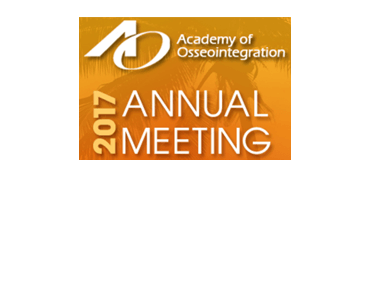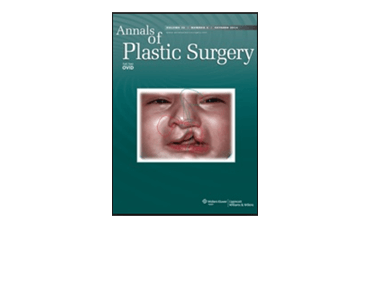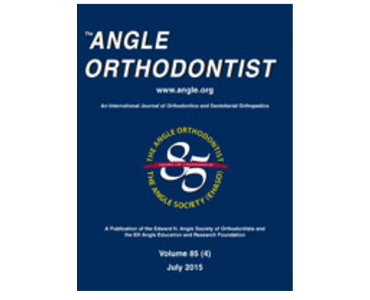Accuracy of measurements used to quantify cranial asymmetry in deformational plagiocephaly. H Aarnivala, V Vuollo, T Heikkinen, V Harila, L Holmström, P Pirttiniemi, AM Valkama.
Date: May 2017 (ONLINE). Source: Journal of Cranio-Maxillo-Facial Surgery. Objective: Various measurements are used to quantify cranial asymmetry in deformational plagiocephaly (DP), but studies validating cut-off values and comparing the accuracy of such measurements are lacking. In this study, we compared the accuracy of four different measurements in classifying children with and without DP diagnosed…







